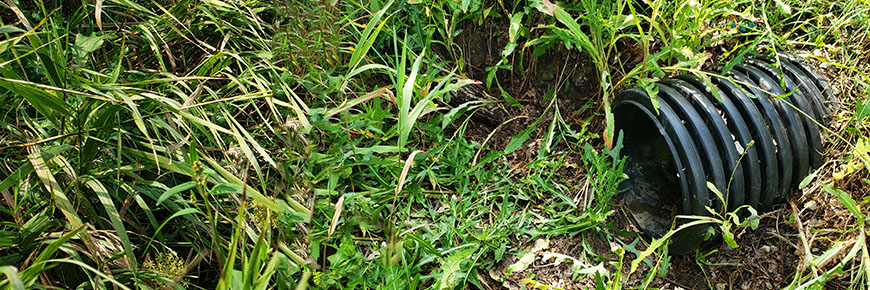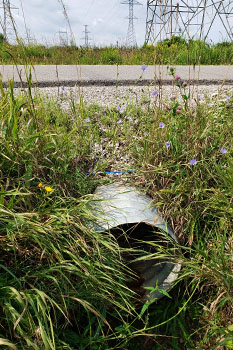
Reducing Wildlife Collisions in the Rouge
Rouge National Urban Park
Why did the beaver cross the road? Answer: to get to the other side in search of food, shelter and mates in Rouge National Urban Park. Thankfully, Parks Canada is working with local partners to make it easier for animals to cross busy park roads and reduce wildlife mortality.

Similar to Banff National Park’s internationally-renowned wildlife crossings (Banff has six overpasses and 38 underpasses that have helped reduce collisions with wildlife on the Trans-Canada Highway by over 80 percent), Parks Canada is aiming to replicate the success of this program in the Greater Toronto Area by retrofitting road culverts in the Rouge.
In 2019, Parks Canada retrofitted a 20 metre culvert to create an eco-passage for wildlife in the Toronto area of the park, working in close partnership with the Toronto and Region Conservation Authority, the University of Toronto Scarborough, and the Toronto Zoo. Originally designed to facilitate the passage of an urban creek beneath a municipal road without wildlife top of mind, the culvert has been modified to allow threatened turtle, snake and salamander species and other animals like beavers and otters to use it. One kilometre of fencing was also installed adjacent to the culvert to encourage animals to funnel through the eco-passage rather than move onto the road.
How effective has the modified culvert been? Research conducted by Courtney Leermakers, a recent University of Toronto Master’s in Ecology and Evolutionary Biology graduate, suggests animals are already making good use of it. As part of Courtney’s research, she conducted wildlife and road mortality surveys in the park five days a week from May to October, 2019. Comparing her fieldwork with previously collected data from 2010 to 2019, Leermakers observed a complete absence of wildlife mortality around the section of road where the culvert was retrofitted and fenced.
This is the second culvert Parks Canada has retrofitted in the park, with a new culvert installed on Sewell’s Road in partnership with the City of Toronto in 2014 to help frogs and other amphibians and aquatic species move across the park landscape.
Plans for a third eco-passage culvert are already in the works and Parks Canada hopes to continue working with municipalities, partners and stakeholders to introduce many more in the coming years.
- Date modified :